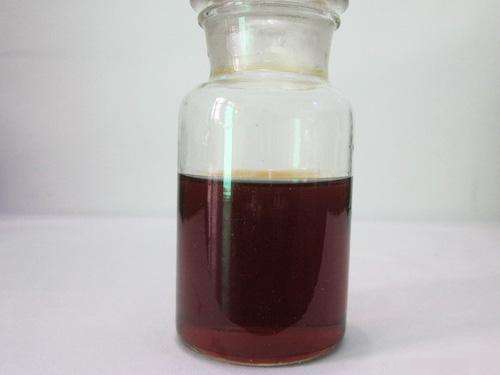amphoteric polyacrylamide
The Versatile Applications of Amphoteric Polyacrylamide
Amphoteric polyacrylamide (APAM) is an intriguing class of synthetic polymers that has gained prominence in various fields due to its unique properties. Combining both anionic and cationic characteristics, APAM offers exceptional versatility, making it suitable for a plethora of applications, particularly in water treatment, agriculture, and various industrial processes.
What is Amphoteric Polyacrylamide?
Amphoteric polyacrylamide is a water-soluble polymer that can carry both positive and negative charges depending on the pH of the environment. This dual charge ability allows it to interact with a wide range of substances, creating a bridge between oppositely charged materials. Generally, APAM is produced through the polymerization of acrylamide with a mixture of cationic and anionic monomers, yielding a polymer that can be tailored to specific applications.
Water Treatment Applications
One of the most significant uses of amphibious polyacrylamide is in the treatment of wastewater. Its ability to flocculate suspended particles makes it effective in the removal of contaminants from water. In municipal and industrial wastewater treatment facilities, APAM is employed to enhance the sedimentation process, enabling solids to settle more rapidly and effectively. This property is particularly beneficial in recirculating water systems, where the clarity of water is essential for optimal performance.
Additionally, APAM can help in the removal of heavy metals and other pollutants, making it a valuable tool in environmental remediation efforts. By binding with pollutants, it aids in their aggregation and subsequent removal from water sources, thereby promoting cleaner and safer water for public use.
Agricultural Uses
amphoteric polyacrylamide

In agriculture, amphoteric polyacrylamide is leveraged to improve soil structure and enhance water retention. When applied to soil, it forms a gel-like substance that increases the ability of soil to hold water, leading to improved irrigation efficiency. This property is particularly crucial in arid regions where water scarcity is a pressing issue. By reducing the evaporation rate and mitigating runoff, APAM helps ensure that crops receive adequate moisture, ultimately leading to better yields.
Moreover, APAM can be used in the formulation of bio-stimulants, helping to improve plant growth and health. Its ability to enhance nutrient availability in the soil further solidifies its role as a valuable additive in agricultural practices.
Industrial Applications
Beyond water treatment and agriculture, amphoteric polyacrylamide finds use in numerous industrial applications, such as in the production of paper, textiles, and oil drilling. In the paper industry, it serves as a retention aid, improving the retention of fibers and fillers, which is essential for producing high-quality paper products. In textile processing, APAM is used for sizing and finishing, providing enhanced fabric quality and durability.
In the oil and gas sector, APAM is utilized in hydraulic fracturing fluids. Its unique properties help improve fluid viscosity while ensuring efficient hydraulic performance, thereby maximizing oil recovery rates. This application highlights the polymer's vital role in modern energy production, showcasing its significance in supporting the growing global energy demands.
Conclusion
Amphoteric polyacrylamide is a multifunctional polymer that has established itself as an invaluable resource across various industries. Its unique chemical properties facilitate applications from water treatment to agriculture and industrial processes. As industries continue to seek environmentally friendly and efficient solutions to their challenges, the importance of APAM is likely to grow. Continuous research and development will further unveil new applications and improvements, reinforcing APAM's role as a key player in the realm of advanced materials. With its capacity to adapt to various conditions and applications, amphoteric polyacrylamide is poised to continue making significant contributions to diverse fields, enhancing both productivity and sustainability.
-
Water Treatment with Flocculant Water TreatmentNewsJun.12,2025
-
Polymaleic AnhydrideNewsJun.12,2025
-
Polyaspartic AcidNewsJun.12,2025
-
Enhance Industrial Processes with IsothiazolinonesNewsJun.12,2025
-
Enhance Industrial Processes with PBTCA SolutionsNewsJun.12,2025
-
Dodecyldimethylbenzylammonium Chloride SolutionsNewsJun.12,2025





